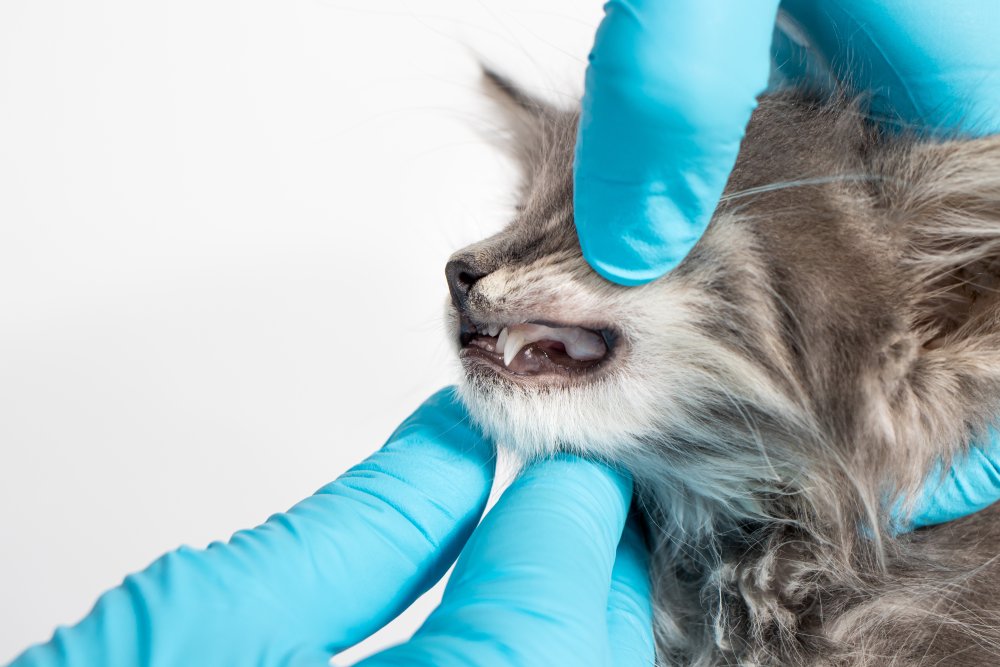Periodontal disease, sometimes referred to as “gum disease,” is a chronic progressive inflammatory disease of the soft tissues and bone surrounding the tooth roots. Periodontal disease is initiated by bacteria in plaque, a sticky substance that coats the teeth. Plaque accumulates under the gum line and over time causes inflammation. This inflammation destroys the soft tissue and bone supporting the tooth roots so that these tissues no longer attach to the roots. Infected inflamed tissue invades the defects where the bone was, and the remaining bone surrounding the roots can become infected too. Bad breath is a sign of oral infection and is not normal. Periodontal disease is a source of discomfort or pain, and even has the potential to cause inflammation throughout the body as bacterial toxins from the mouth enter the blood stream through the inflamed tissues.
Changes in the mouth that are consistent with periodontal disease include gingivitis (red inflamed gums), plaque or tartar accumulation under and along the gum line, bad breath, gum recession, and loose teeth. Each tooth must be assessed for its stage of periodontal disease so it can be treated appropriately; diagnosis can only be accurately made under general anesthesia via full-mouth dental X-rays and probing under the gum line around each tooth. If diagnosed early, periodontal therapies can be performed to stabilize or reverse the disease with the goal of saving affected teeth. Treatment of more advanced disease commonly consists of surgical extractions of affected teeth and thorough removal of all inflamed tissue and bone so that only healthy tissue remains.
Because animals are designed with a survival instinct that cannot be lost even through domestication, most cats and dogs will not show obvious signs of oral pain. This does not mean their mouths are not painful. These animals have very similar physiology as people and perceive pain in the same way; they simply do not show it in the same way, but rather hide it so as not to appear weak. Subtle signs of oral pain or discomfort can often be recognized in hind sight after the periodontal disease is appropriately treated. These signs include excessive sleeping, reduced playing or general activity, reclusive behavior, and sometimes chewing on one side of the mouth or dropping food. Many pet owners attribute these signs to advancing age when in fact they are due to the effects of oral disease. Once treatment has been performed and recovery is complete, most pet owners notice a remarkable improvement in their pet’s overall demeanor and realize how important it is for their pet to have a healthy pain-free mouth.
While some animals are more prone to severe periodontal disease than others, the good news is that periodontal disease can largely be prevented! Daily oral home care should be instituted at 6 months of age along with regular professional oral health assessments and teeth cleanings starting no later than 18 months of age. Excellent plaque control and early identification of disease via dental X-rays and thorough oral exam under anesthesia can prevent disease progression with the goal of maintaining a healthy mouth and preserving the teeth for the life of the pet.
Written by Dr. Kiser

